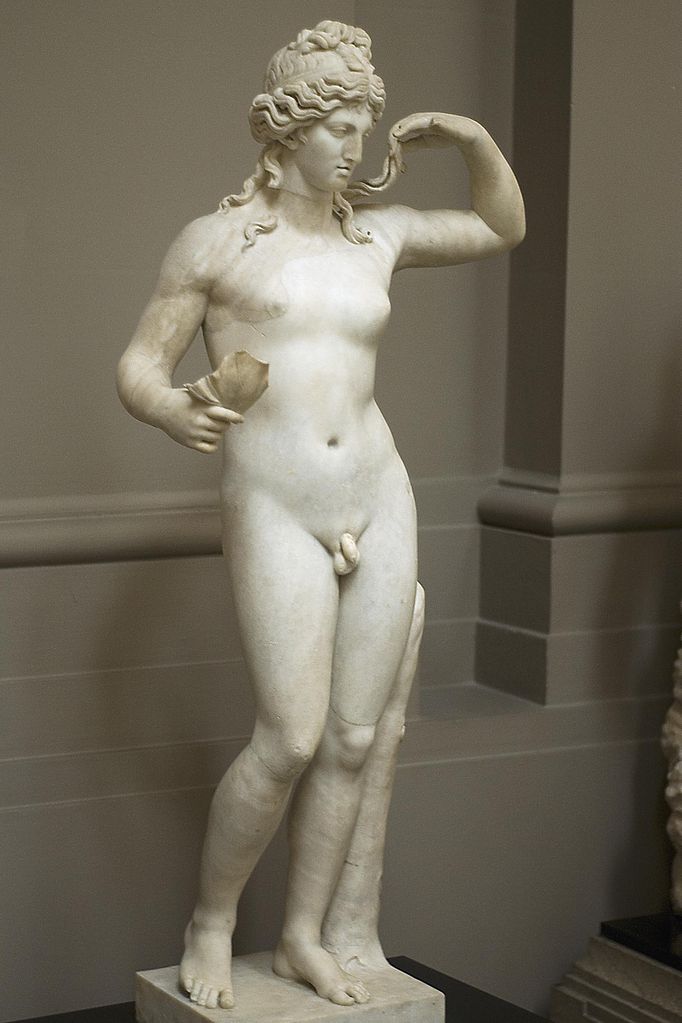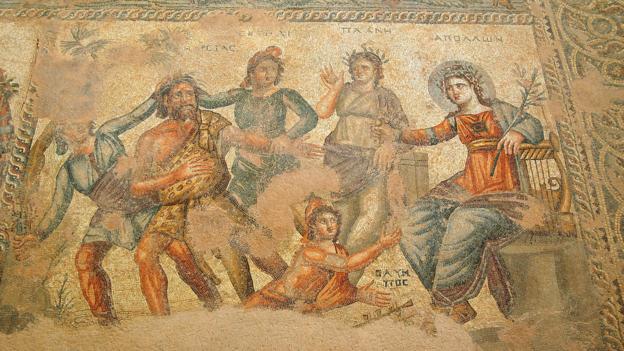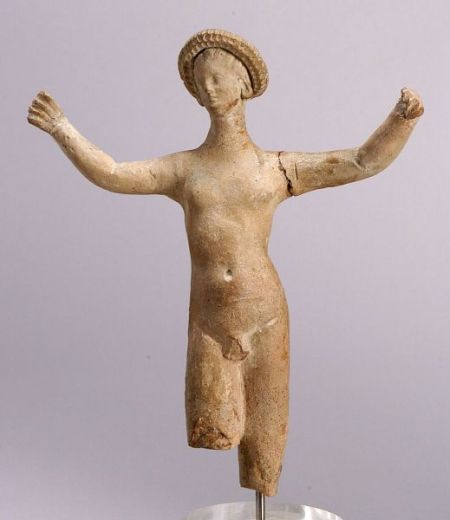
Hermaphroditus is een god in de Griekse mythologie.
Hij was een zoon van de god Hermes, de bode van de goden en de godin Aphrodite, de godin van de liefde.
Hermaphroditus werd in Grieks-Romeinse kunst geportretteerd als een vrouwelijke figuur met mannelijke geslachtsdelen.

